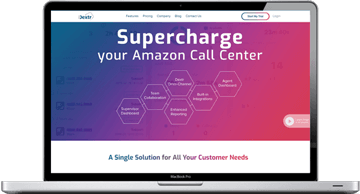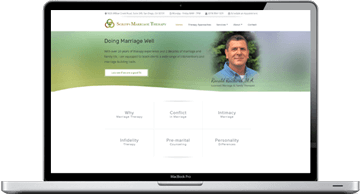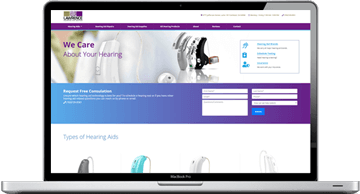
5 Techniques To Improve Your Website’s Crawl Efficiency
Enhancing Website Crawl Efficiency: Five Top Methods Achieving a prominent position on Google search results is a coveted milestone for ...

5 Reasons Your Website Needs Responsive Design
Why Responsive Web Design is Essential for Your Site’s Success In today's digital realm, the potency of your website doesn’t ...

5 Important Considerations For A Company Website Redesign
Essential Guidelines for a Successful Website Redesign In today's digital age, your website is your business's storefront. Whether you’re a ...

Get Your WordPress Up To Speed With These Tips
Boost Your WordPress Performance with These Essential Tips In the ever-evolving realm of WordPress, boosting your website's traffic remains paramount ...



